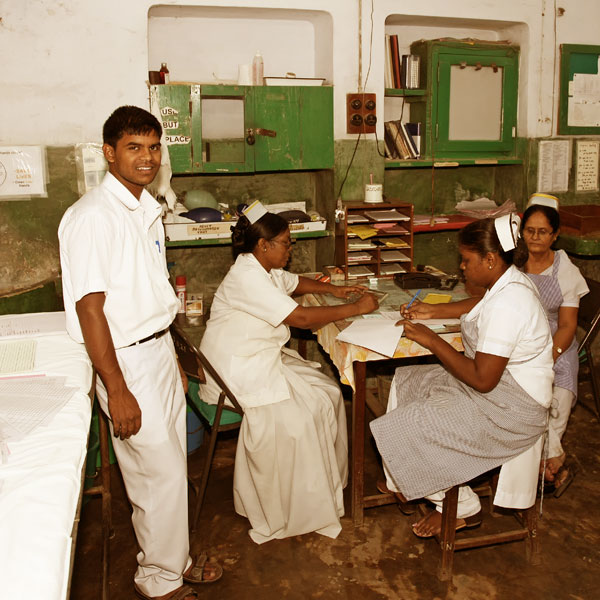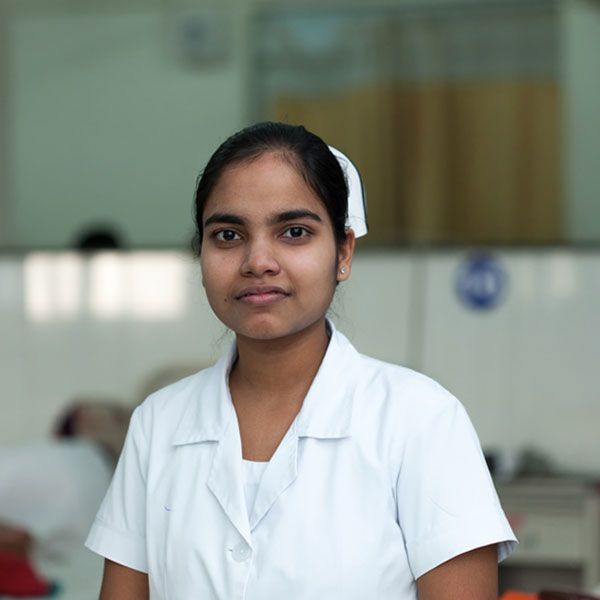4 things to know: INDO-SWEDISH Healthcare Cooperation
Indo-Swedish collaboration in healthcare dates back to the 1960s, with Sweden providing aid under the India Population Project. This expanded dramatically in the 1970s, with a boost in aid amount and enabling texting services in over 1,500 healthcare facilities. From 1978 to 1990, Sweden provided India with assistance in three National Programmes (Malaria, Leprosy and TB control). Thereafter, Sweden began to support Indian NGOs and multilateral organisations directly.

In 2014, Sweden launched a life science and healthcare platform in India. Founded on the triple-helix model – a partnership between Government, academia and private industry – that influences Swedish healthcare and Indian best practices, the platform aims to promote sustainability in the sector. Former Ambassador to Sweden Harald Sandberg said “…We will engage all stakeholders to meet healthcare challenges in India. We will act as a facilitator.”1

The Ministry of Health and Social Affairs, Sweden, and the Ministry of Health and Family Welfare, India, signed a Memorandum of Understanding in February 20092, to promote bilateral cooperation in the area of healthcare and public health. Twelve areas were identified as areas of mutual interest.3

A Joint Working Group was constituted under the healthcare and public health Memorandum of Understanding of 2009. The joint working group aims to coordinate and mutually fulfil the aims and expectations of the Memorandum of Understanding. The joint working group has met six times to discuss prioritized areas of mutual interest and their implementation.4
